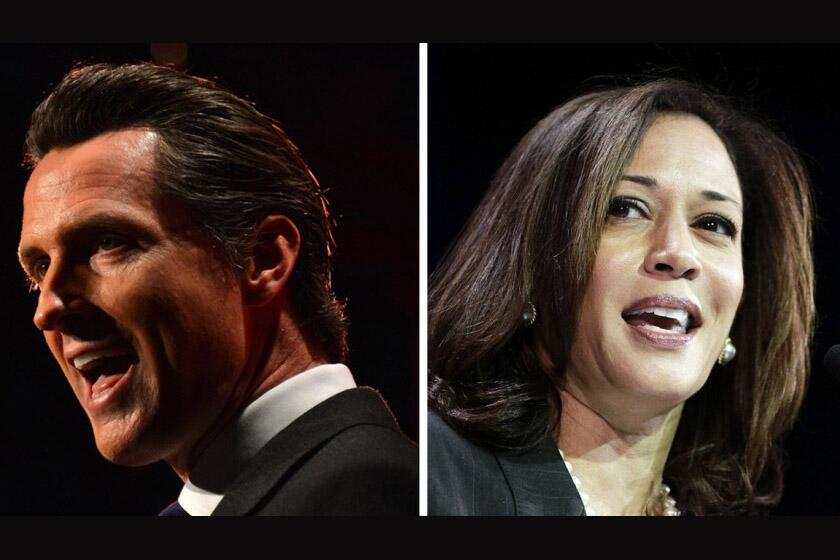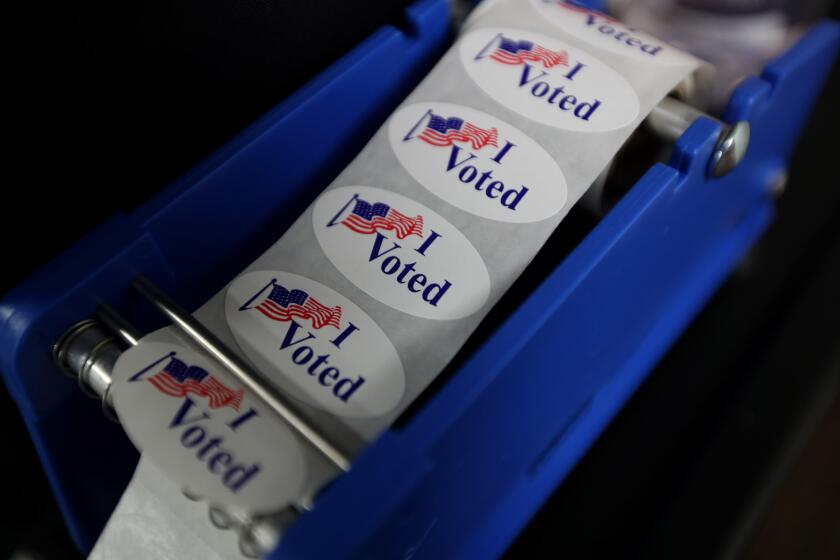Clinton Needs to Focus on the Fundamentals to Revive U.S. Economy
- Share via
President-elect Bill Clinton faces much tougher budget choices than would have confronted candidates Walter Mondale and Michael Dukakis had they won. In 1984 and 1988, economic policy advisers to an incoming Democratic Administration would have been virtually unanimous in urging that deficit reduction be given top priority lest other policy moves be stymied.
They would have advocated a package of broad-based spending cuts and revenue increases designed to eliminate the deficit in five years or less.
The naysayers would have been the President-elect’s political pulse-takers, who would have argued that the public did not care about the deficit and would balk at the needed sacrifices to get it down.
In 1992, the roles are reversed. The public, partly thanks to Ross Perot, has finally become alarmed about the deficit, perhaps even willing to accept painful medicine to restore federal solvency. Meanwhile, however, the economy has weakened so much that economists are fearful the contractionary impact of deficit reduction will weaken if further.
Most urge postponing aggressive deficits cuts until the economy is growing faster. Some believe that even bigger deficits are needed, in the short run, to stimulate growth before a long-term deficit reduction effort can be safely undertaken.
The stimulus-first advocates see the economy as suffering from two distinct maladies: long-run stagnation and short-run recession. They require opposite remedies and should be treated sequentially.
Long-run stagnation reflects low U.S. productivity growth over the last two decades, aggravated by maladjustment caused by technological change, intensified global competition and the strains of shifting out of weapons production. The remedies for stagnation and structural maladjustments involve reducing current consumption and investing more in future productivity growth.
Prescriptions include modernizing factories, communication and transportation, drastically upgrading the skills of the present and future labor force and reducing the federal deficit to lower long-run interest rates and cut the government’s drain on national savings.
The stimulus-first advocates agree with the long-run diagnosis. But they see the economy as simultaneously suffering from a different malady--a short-run recession that could be aggravated by remedies designed to cure the long-run stagnation.
Economists view recessions as distinct phenomena that occur fairly regularly and behave in a stylized way. When economic activity turned down in 1990 after a long period of growth in the 1980s, most forecasters expected a stylized recession with the familiar pattern of decline, trough and recovery.
In fact, the drop in output and the rise in unemployment proved less dramatic than the recessions of 1980-81 and 1974-75. But the trough was not followed by the expected recovery.
The failure of a normal recovery to take hold leads the stimulus-first advocates to prescribe good old Keynesian medicine--deficit creation to increase consumer spending and jump-start the economy. Automotive metaphors (“crank it up,” “get it in gear”) have replaced “pump priming” but the idea remains: A temporary push can get the mechanism moving on its own. Specifics include income or payroll tax cuts to increase take-home pay and public spending to create jobs quickly. Service and repair jobs are best since major infrastructure or technology projects take too long.
There are several problems with the stimulus-first approach. First, even if it works, it will make the permanent budget deficit bigger and necessitate even more drastic deficit reduction measures in the future. The increase in the permanent deficit could be reduced by making the tax cuts or job creation programs temporary. But this is politically difficult and may negate the desired stimulus since people are more likely to save income they regard as temporary.
Second, increasing the near-term deficit may spook financial markets, raising long-term interest rates and neutralizing the stimulus by depressing investment. This danger might be avoided by packaging near-term stimulus with future deficit reduction to be enacted in advance, but the problems of switching are formidable.
Third, the stimulus may not work. This mysterious recession has so far failed to respond to aggressive lowering of short-term interest rates. Fiscal stimulus might also be overwhelmed by consumer fears about the long-run future and continued layoffs from defense-related and other enterprises struggling to adjust to economic change. The result might be continued stagnation with an even bigger federal deficit.
Alternatively, the economy may turn around on its own--recent statistics suggest that the stylized recovery forecast may finally prove right--making the stimulus unnecessary or even excessive.
With all these difficulties attached to the two-problem strategy, it seems more prudent to focus on the primary diagnosis and design a program to make the economy more productive for the long haul.
The prescription would be to emphasize investment, both public and private, rather than consumption. Nothing should be done in the name of stimulus that would not be good for the future health of the economy. However, the program could be phased to get job creation early and deficit reduction later.
The program should be a package so that financial markets and others can see it whole and not worry about what may be dribbling out. Tax cuts, especially an investment tax credit to stimulate private sector capital spending, should come before tax increases. There should be a mix of low-tech projects that can be put in place quickly and high-tech ones that inevitably take longer. Reduction of the underlying deficit should not come first, but it should be a firm and visible part of the package.
Most of the public is mystified by economists’ talk of two problems. They see one economy performing below par. They understand that fundamental changes are necessary and that they will take time. They just want to see a plan and serious efforts to implement it.
More to Read
Get the L.A. Times Politics newsletter
Deeply reported insights into legislation, politics and policy from Sacramento, Washington and beyond. In your inbox twice per week.
You may occasionally receive promotional content from the Los Angeles Times.










